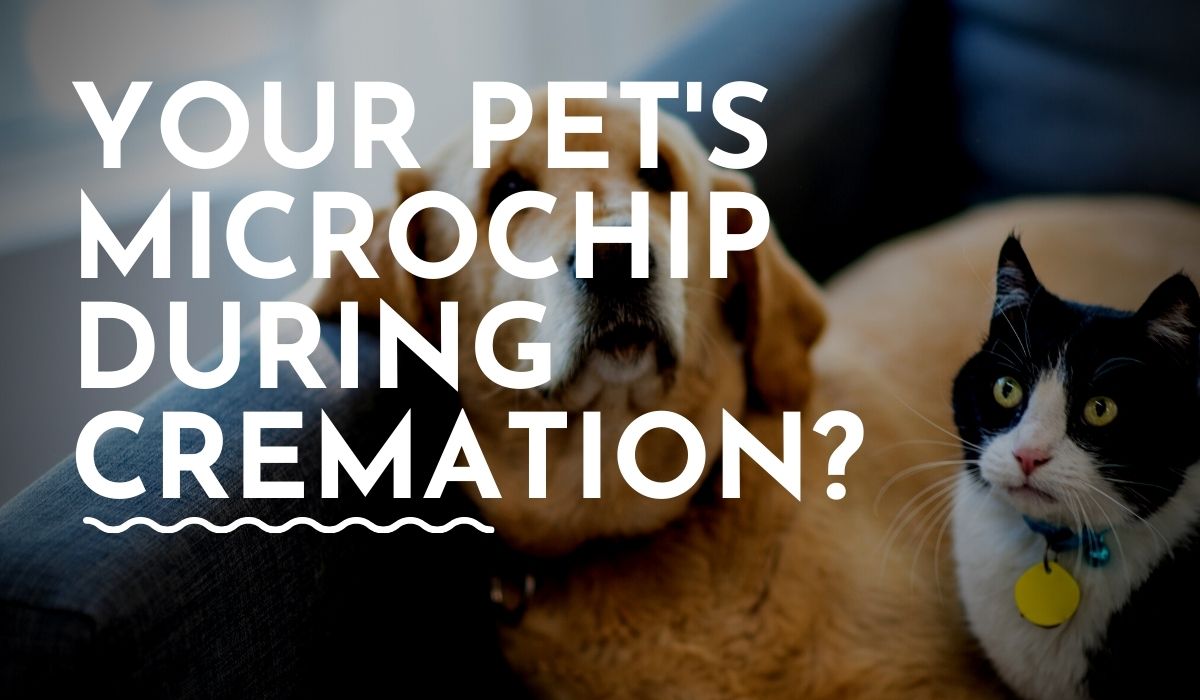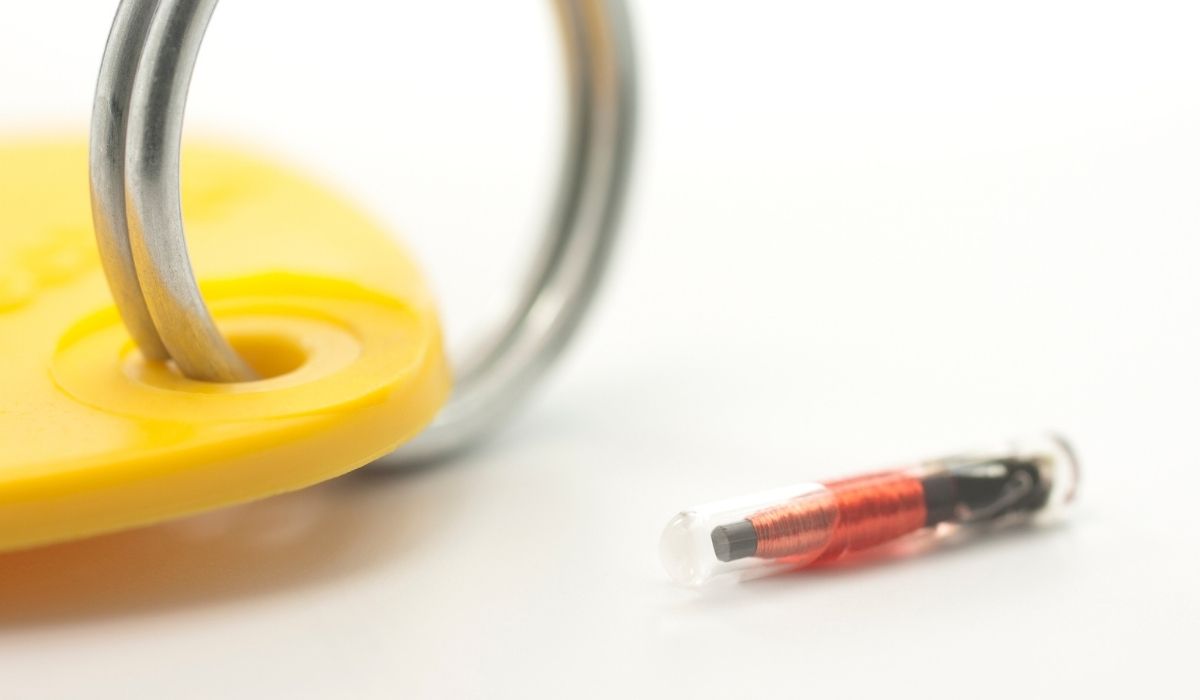When a beloved pet passes away, many owners choose to have their pet cremated as a way to honor their memory.
However, for those who have microchipped their pets, a question arises: what happens to the microchip during the cremation process?
A microchip is a small device, roughly the size of a grain of rice, implanted just under a pet’s skin.
It contains a unique identification number that can be scanned by a veterinarian or animal shelter to identify the pet and reunite them with their owner if they become lost, amongst many other benefits.
However, if the microchip is not removed before cremation, it will be incinerated along with the pet’s remains and reduced to ashes, rendering it non-functional.
Therefore, if you wish to preserve or keep the microchip intact for sentimental reasons or future identification purposes, it is advisable to have the microchip removed before the cremation process.
This ensures that the microchip remains unaffected and can be retained separately from the cremated ashes, allowing owners to hold onto this piece of their pet’s identity.

What is a Microchip?
A microchip is a small electronic device about the size of a grain of rice.
It is implanted under the pet’s skin, usually between the shoulder blades.
The microchip contains a unique identification number that can be scanned by a special scanner or chip-reading device.
This number is linked to the owner’s contact information in a database, which can be accessed by animal shelters, veterinary clinics, and other organizations.
Microchipping is a safe and effective way to help reunite lost pets with their owners.
It is a simple procedure that can be done by a veterinarian or trained technician. The microchip is inserted using a needle and does not require anesthesia.
Once implanted, the microchip is permanent and does not need to be replaced or maintained.
Microchips are commonly used for dogs and cats but can also be used for other pets, such as rabbits, ferrets, and birds.
However, microchips are not tracking devices and do not provide real-time location information.
Instead, they are simply a form of identification that can help identify a pet once the number has been read and (if the pet is lost) reunite it with its owner.

The Cremation Process
What Happens to the Pet’s Body During Cremation?
Before the cremation process, the pet’s body is placed in a container or casket made of wood, cardboard, or plastic. The container is then placed into the cremation chamber.
The cremation process involves exposing the pet’s remains to high temperatures of up to 1,800 degrees Fahrenheit, which reduces the body to bone fragments. Depending on the size of the pet, the process typically takes between 1 and 3 hours.
After the cremation process, the bone fragments are allowed to cool down. They are then processed into a fine powder or ashes.
The ashes are usually placed in an urn or other container and returned to the pet owner if they have requested this option.
What Happens to the Pet’s Microchip During Cremation?
During the cremation process, the pet’s microchip will remain in the body and be incinerated along with the rest of the remains.
Therefore, removing the microchip before the cremation is important, especially if the owner wishes to keep it as a memento.
Additionally, it is important to note that microchips are not designed to withstand the high cremation temperatures. As a result, the information stored on the microchip will not be retrievable after the cremation process.
Keeping Your Pet’s Microchip
If you want to keep your departed pet’s microchip, here are some things you should do:
Consult Your Veterinarian: Inform your vet about your wish to keep your pet’s microchip so that they can assist you in safely removing the microchip for preservation.
Remove The Microchip Before Cremation: Make sure to have the microchip removed before cremation, but only after your pet has passed, to ensure its preservation without causing your pet harm.
Update Registry Information: Don’t forget to update the microchip registry with the removal status to maintain accurate records for future identification purposes.
What to Do With Your Pet’s Microchip Once Removed?
A pet microchip is a tiny device, usually about the size of a grain of rice, so there isn’t much that you can do with it.
However, if you’ve still decided to keep it once your pet has passed, here are a few things that you can do with the removed microchip:
Preserve as a Memento: You may choose to keep the microchip in a special memory box or frame as a sentimental keepsake to remember your pet by.
Store in a Safe Place: Keep the microchip in a secure location where it won’t get damaged or lost. This ensures that you have easy access to it if needed in the future.
Consider Display Options: If you wish to showcase the microchip, think about creative ways to display it, such as in a shadow box or as part of a memorial for your beloved pet.